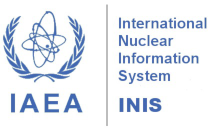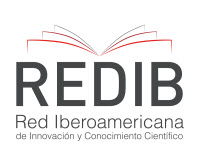New article published: V. 13 n. 3 (2025)
Detection of Cosmic Radiation at Low Doses: Integrative Review of Biodosimetric Methodologies with Proposition of Aerospace Evaluation Index
Abstract: Galactic cosmic radiation (GCR) is the major risk in long-duration spaceflight when considering biological damage. Hence, monitoring the absorbed dose is required and biodosimetry will be considered an important tool especially in scenarios where physical dosimetry does not work. This integrative review tries to find, analyze, and compare different biodosimetric techniques capable of recording low doses of ionizing radiation (≤ 0.1 Gy) under simulation of spatial environments with respect to their operational applicability. The Aerospace Biodosimetric Performance Index is introduced to integrate the main parameters of the analysis. All results came from original articles in English available in open access published between 2019 and 2024 according to a PRISMA 2020 flowchart found in Scopus and PubMed databases and only eight studies were considered eligible for inclusion after performing a primary screening using Rayyan app. The major biodosimetric approaches recognized in the investigation are cytogenetic, molecular, and metabolic. The analysis time in the methodologies was between 2 and 70 hours, sample viability from 1 day to 2 years, and sensitivity as low as 0.05 Gy for the minimum detectable dose in some methods. The Yeast Metabolic Assay showed good applicability by combining high sensitivity with quick analysis and long viability. However, an absence of studies combining space radiation with microgravity constituted a major drawback. While many methodologies show detection capabilities at very low dose levels, few of them meet both the technical and operational requirements when considered together for prolonged space missions, hence a development challenge for hybridized yet more robust methods. Read full article.






















